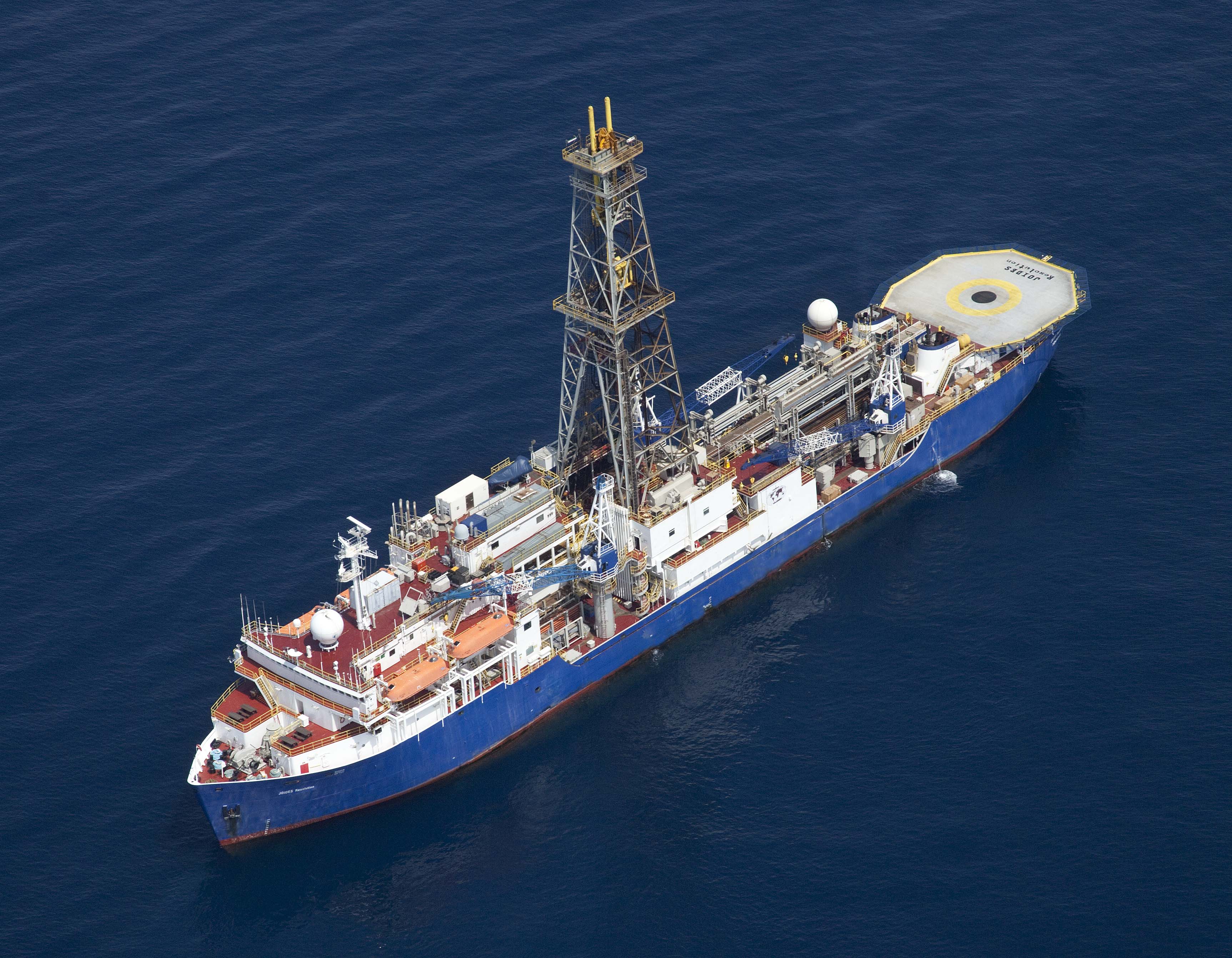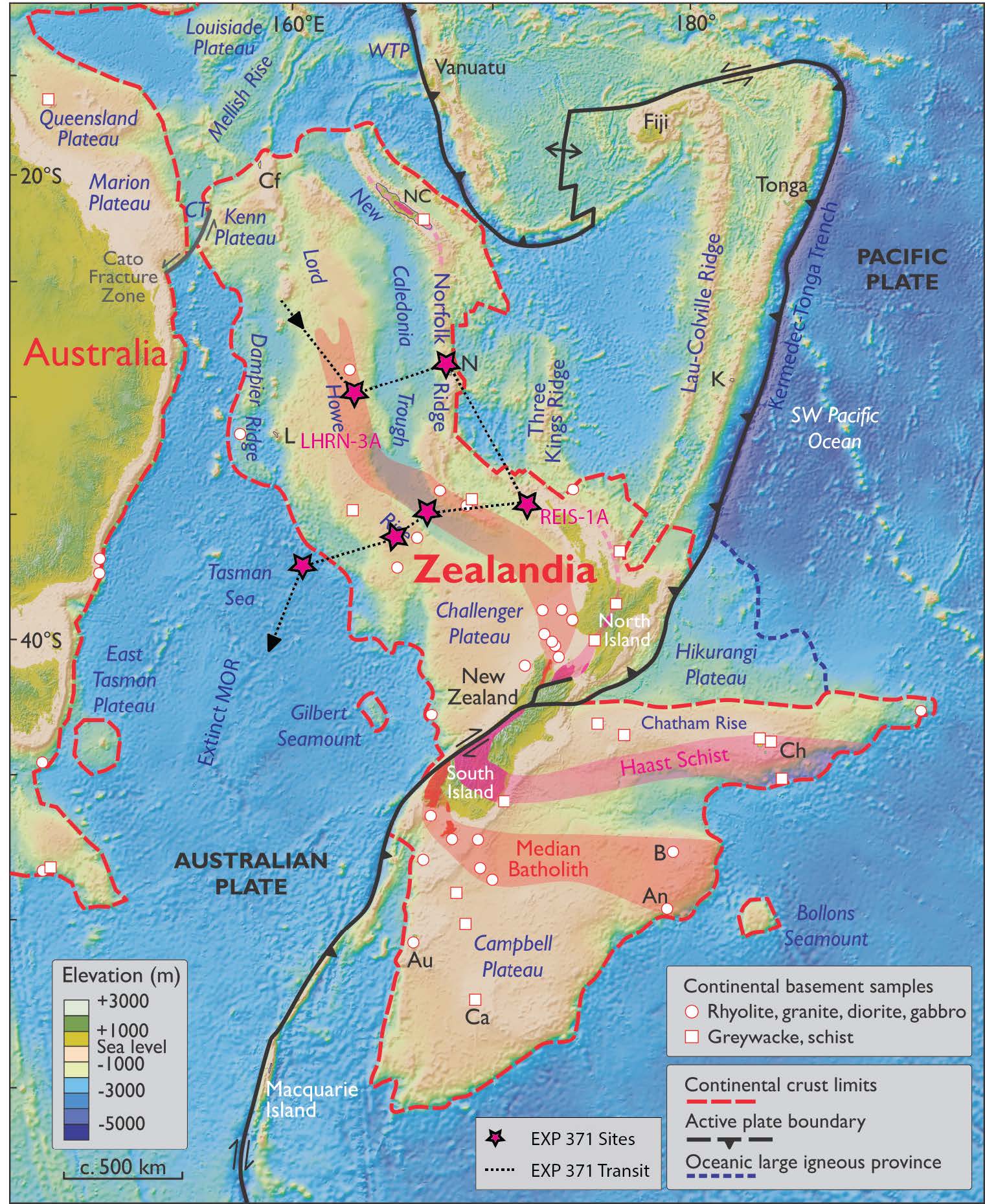Expedition to help solve mystery of underwater continent
An expedition led by The Australian National University (ANU) will help solve the mysteries of Zealandia, an underwater continent to the east of Australia, and the Pacific ‘Ring of Fire’ which is a hotspot for volcanoes and earthquakes.
The drill ship JOIDES Resolution is visiting Townsville on Friday before it undertakes the two-month expedition that is part of the International Ocean Discovery Program (IODP).
Professor Neville Exon from ANU said the expedition would help scientists better understand the major changes in the global tectonic configuration that started about 53 million years ago as the ‘Ring of Fire’ came into existence.
“Zealandia, including today’s Lord Howe Rise, was largely part of Australia until 75 million years ago, when it started to break away and move to the northeast. That movement halted 53 million years ago,” said Professor Exon from the ANU Research School of Earth Sciences.
ANU manages the Australian and New Zealand involvement in IODP, and is a major local scientific and financial contributor.
Scientists will study the cores on board and onshore to address problems in fields such as climate and oceanographic history, extreme climates, sub-seafloor life, plate tectonics and earthquake-generating zones, and the dynamics of island arcs and ocean basins.
Zealandia covers 5 million square kilometres, and extends from south of New Zealand northward to New Caledonia and west to the Kenn Plateau off Rockhampton.
New Zealand co-chief scientist, Professor Rupert Sutherland, said the drill ship would collect five kilometres of sediment to discover how a region hundreds of kilometres east of Australia had behaved during the past 53 million years.
“The continental crust of Zealandia was thinned by stretching before it separated from Australia so that it lies lower than Australia,” said Professor Sutherland from Victoria University of Wellington.
“Zealandia’s continental crust is thicker than the surrounding oceanic crust, and so it lies higher than that.”
United States co-chief scientist, Professor Jerry Dickens, said the region was a vital area to study the changes in global climate and oceanography.
“As Australia moved north and the Tasman Sea developed, global circulation patterns changed and water depths over Zealandia fluctuated. This region was important in influencing global changes,” said Professor Dickens from Rice University in Texas, US.
Scientists will study the cores on board and onshore to address problems in fields such as climate and oceanographic history, extreme climates, sub-seafloor life, plate tectonics and earthquake-generating zones, and the dynamics of island arcs and ocean basins.
When the ship docks in Hobart at the end of September, preliminary results of the expedition will be provided.
The Australian and New Zealand IODP consortium comprises 16 universities and four government agencies. Australia is funded by the Australian Research Council and 15 member research organisations.


